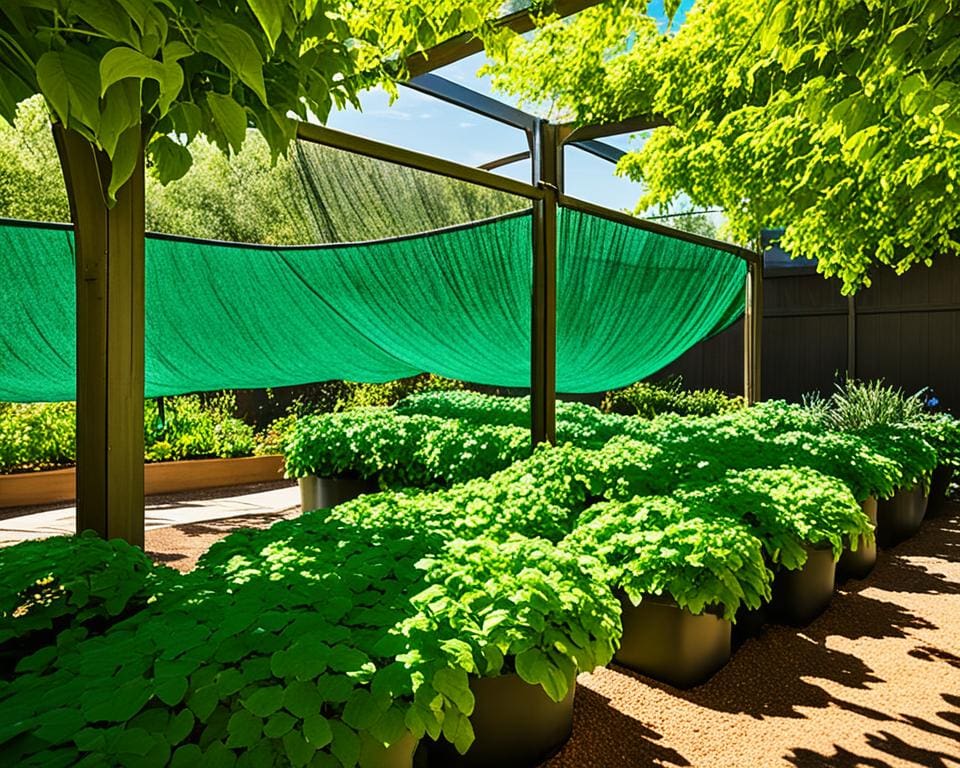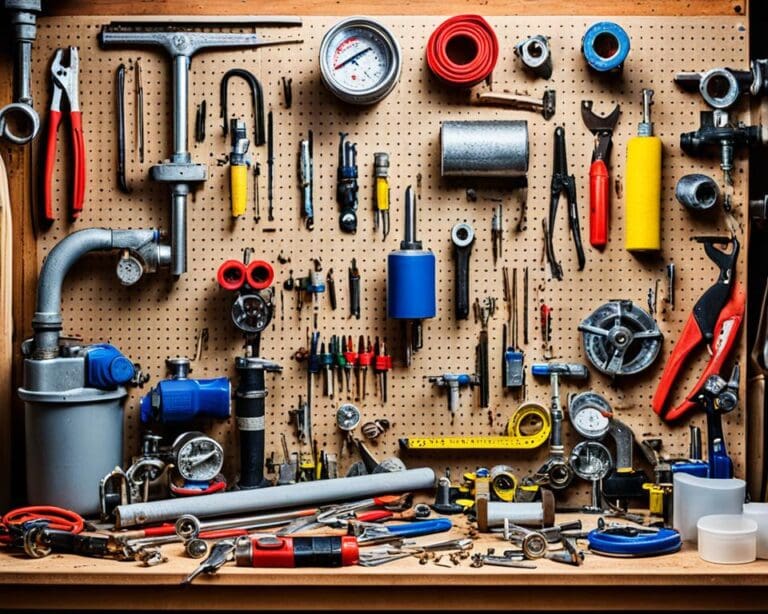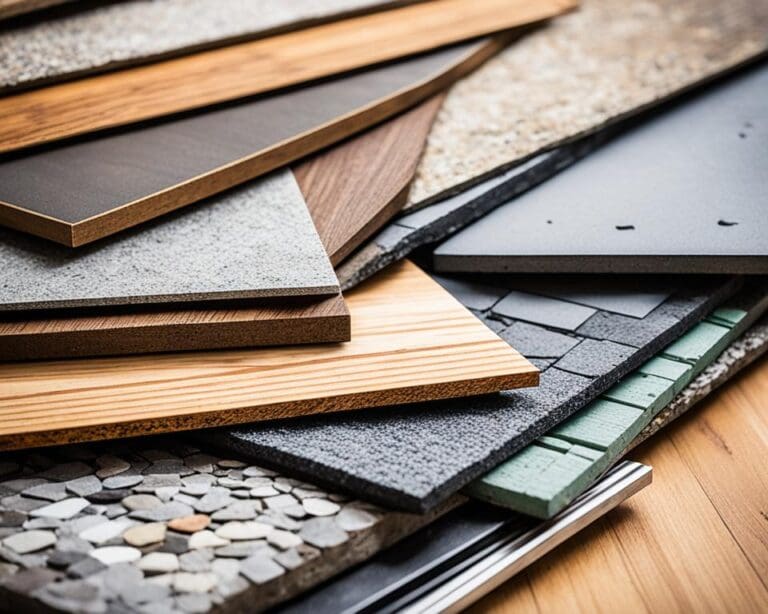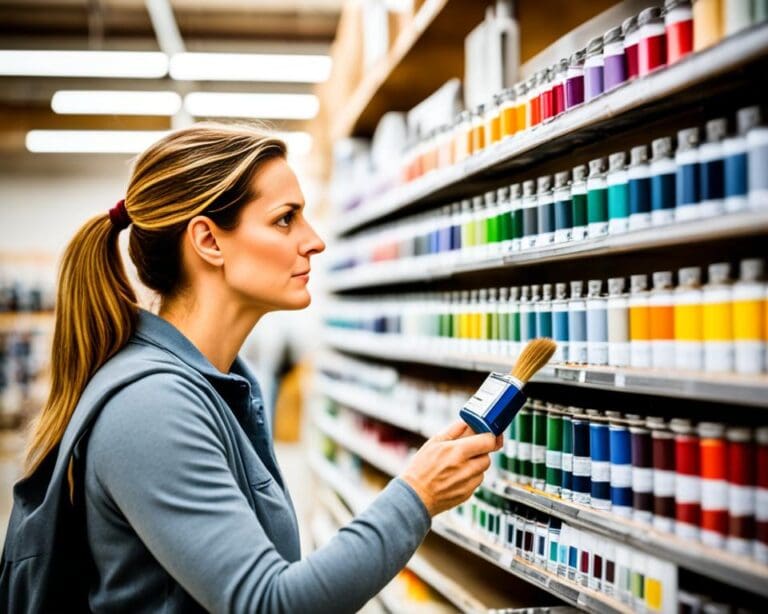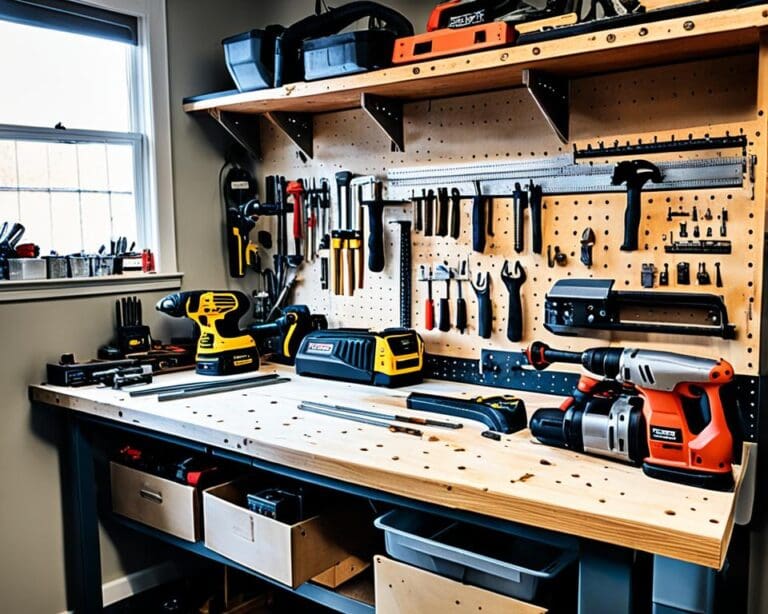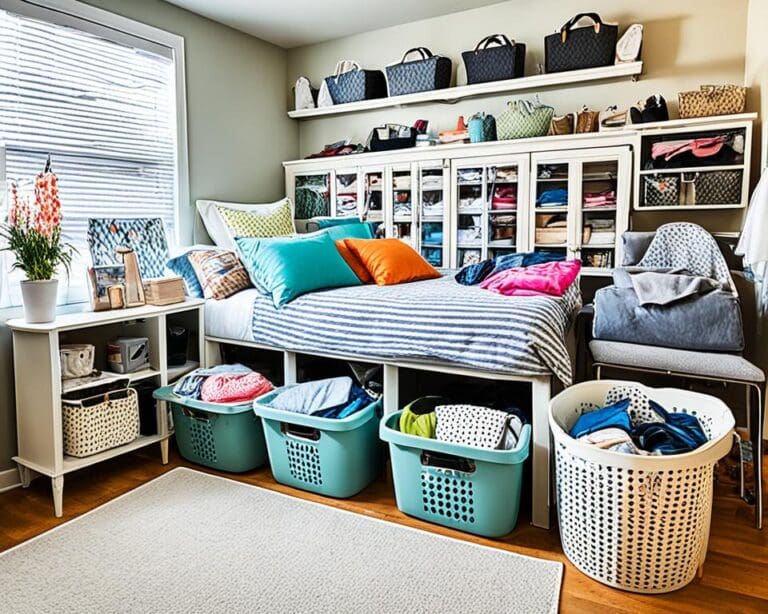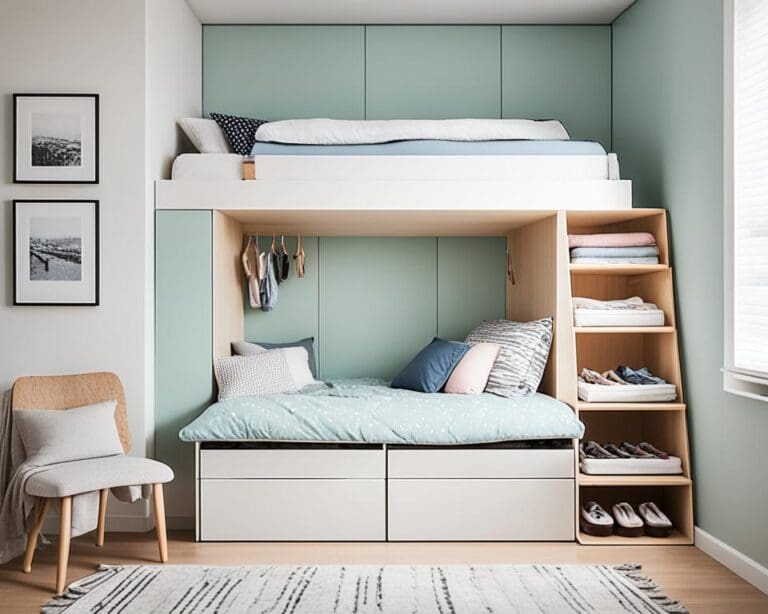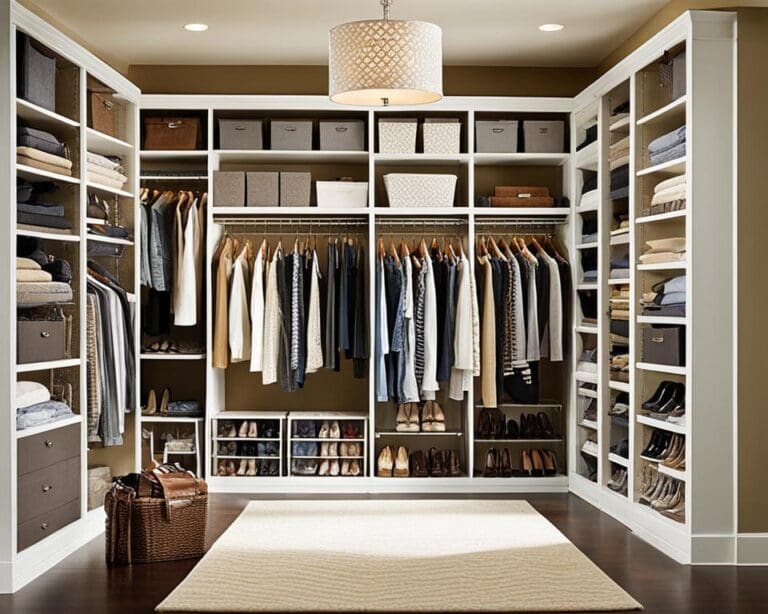Climate change is making shade nets key for saving plants from too much heat. These smart solutions stop plants from getting too hot. They also make a good environment for plants to grow. Shade nets control light and heat. This is really important in hot summer months. At that time, high temperatures can harm many kinds of plants.
Shade nets are great for farms and home gardens. They help ecosystems stay healthy. Using shade nets, gardeners can keep their plants safe from too much sun. This helps plants grow well, even when it’s really sunny. As we learn about the many benefits and types of shade nets, we see they are more than covers. They are essential in today’s gardening world.
Understanding Shade Nets and Their Importance in Plant Care
Shade nets are key in taking care of plants. They protect them from too much heat and sunlight. These nets help plants grow healthy in many places. They make better farming and gardening possible.
What are Shade Nets?
Shade nets block a certain amount of sunlight and let air flow well. They are usually made from a material called high-density polyethylene. You can get nets that block 30% to 75% of sunlight. They are great for keeping plants safe from too much sun. This makes them very useful for farmers and gardeners everywhere.
Benefits of Using Shade Nets
Shade nets offer many good things:
- Reduced Sunburn: They keep plants safe from burns and losing water, helping them grow better.
- Water Conservation: These nets keep the soil moist, which means less water is lost when it’s hot.
- Temperature Regulation: In places like greenhouses, they keep temperatures steady. This stops plants from getting stressed.
- Increased Yield Quality: Research shows that shade nets can make the quality of crops better. They taste better and yield more.
Types of Shade Nets Available
There are many kinds of shade nets for different farming needs:
- Agricultural Shade Nets: These are made for growing crops. They come in different shading levels to suit what the crop needs.
- Sun Shade Canopy: Perfect for gardens and nurseries, they give young plants a safe space.
- Waterproof Shade Nets: Great for places with a lot of rain. They keep plants dry and safe.
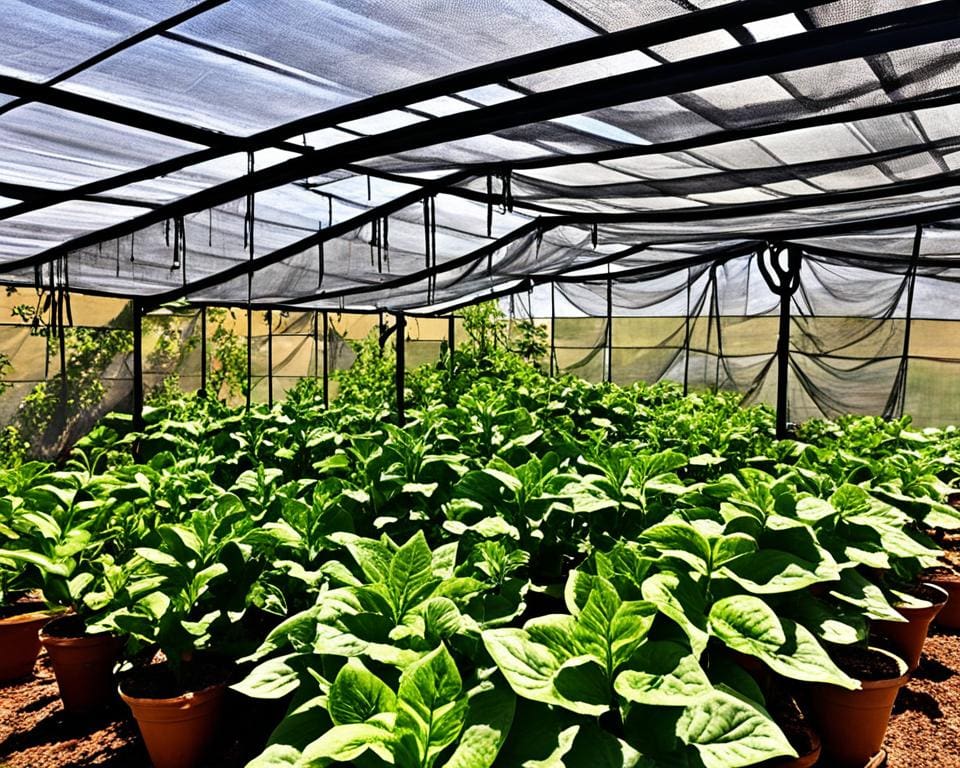
Shade Nets: Protecting Plants from Excessive Heat
Shade nets are key for keeping gardens healthy under the hot sun. They help plants by blocking too much sunlight, keeping the soil moist, and preventing damage. This makes them really important for any gardener.
How Shade Nets Regulate Temperature
Shade nets work by softening the sunlight that hits the plants. Gardeners can choose how much shade they want, from 25% to 90%. For plants that don’t like much light, using a net that blocks 75% or more sunlight is best. This helps keep the plants cool and supports their growth.
Moisture Retention and Water Conservation
Keeping soil moist is vital in hot climates. But when you water plants from above, half of the water can evaporate. Shade nets help by lowering how much water evaporates. Adding mulch also keeps the soil damp. Using soaker hoses or drip systems is better than watering plants from above.
Preventing Sunburn on Plants
Too much heat can burn plants and reduce how much they grow. Shade nets protect plants from getting too hot. They come in different colors like black, green, white, and gray. Gardeners can pick a color that looks good and gives the plants the protection they need. High-quality shade sails can also help protect your garden from too much sun.
Choosing and Maintaining Your Shade Nets for Optimal Protection
When picking shade nets, it’s key to know what your plants need. The right shading rate helps your plants do well. Most heat-sensitive plants do best with 30% to 60% shading, which can lower the heat by 5-10 °C. If it gets hotter than 40 °C, you might need nets that shade 70-90%, especially in very sunny and hot areas.
Polyethylene (PE) nets are affordable and block UV light well. Polypropylene (PP) nets are strong and good against wind. For the best shade in your garden, install the nets right with bungee cords and clips. Keep the nets at least 1.2 meters away from your plants for enough air flow. This stops too much heat from building up.
Check your shade nets often to catch any wear and tear early. Make sure they are stretched out right to last longer. The color of your net matters too. Dark nets soak up heat, and light ones bounce it off. Pick a color that matches your garden’s needs. By keeping up with these tips, your plants will thrive, even in extreme weather. This leads to better crops and eco-friendly gardening.

